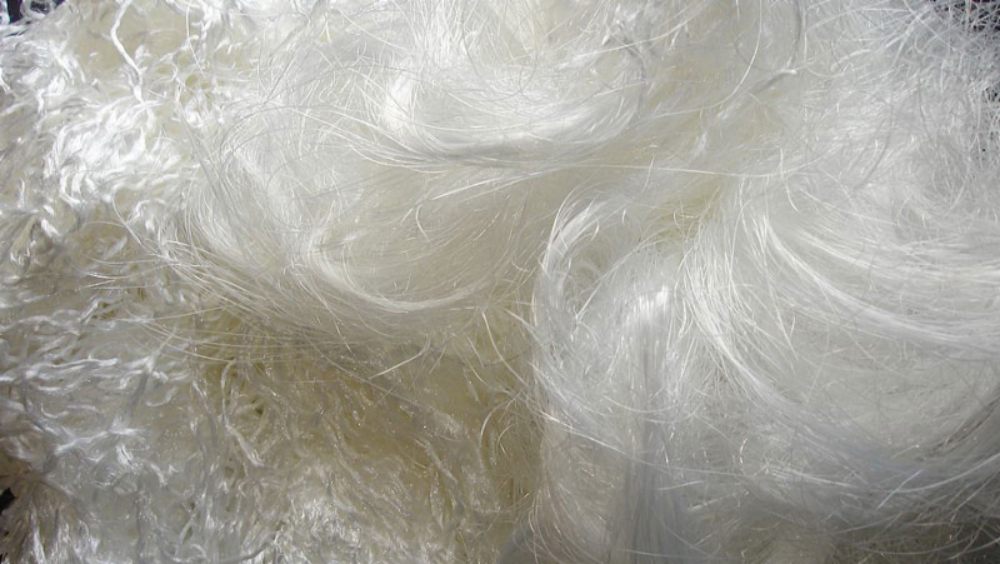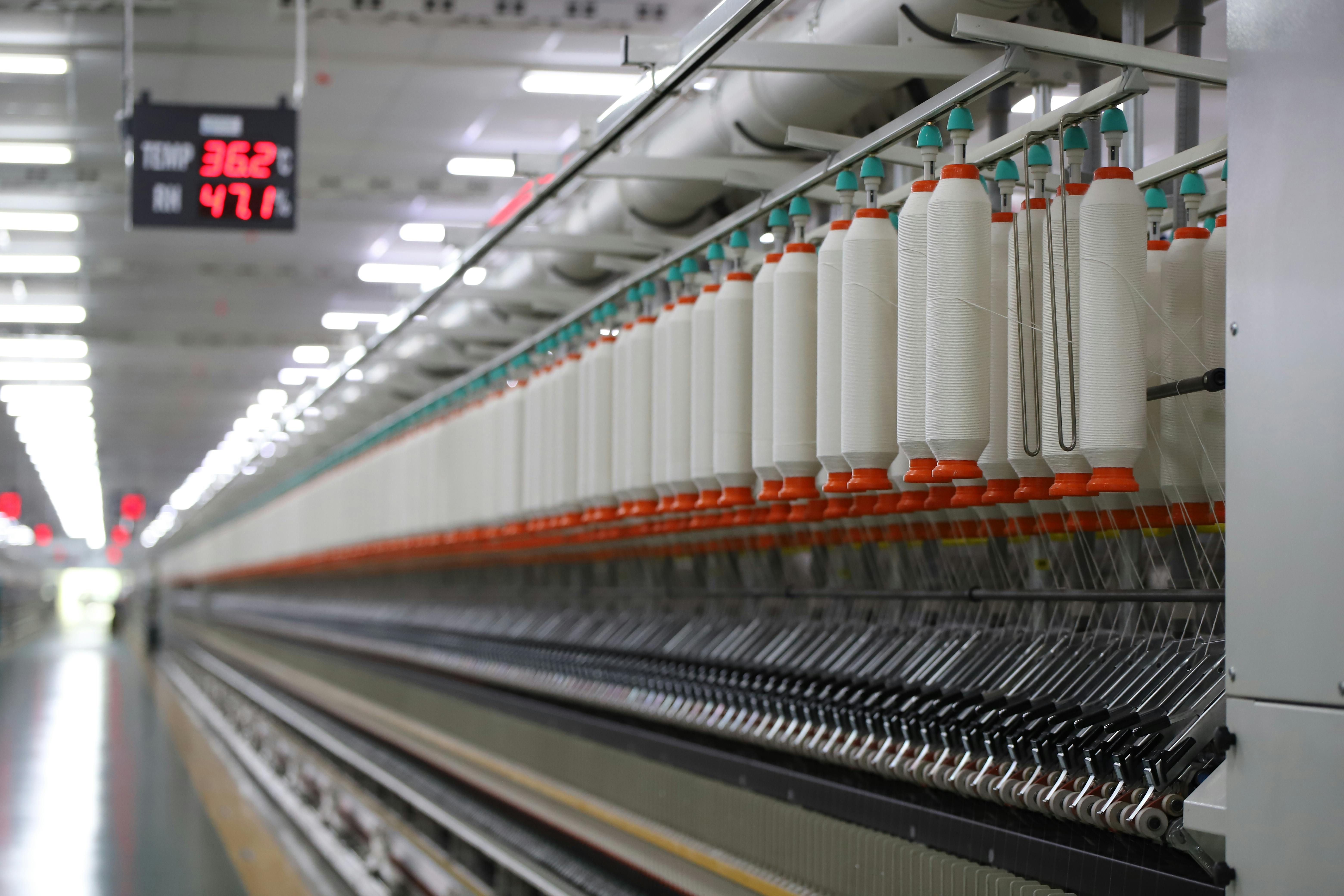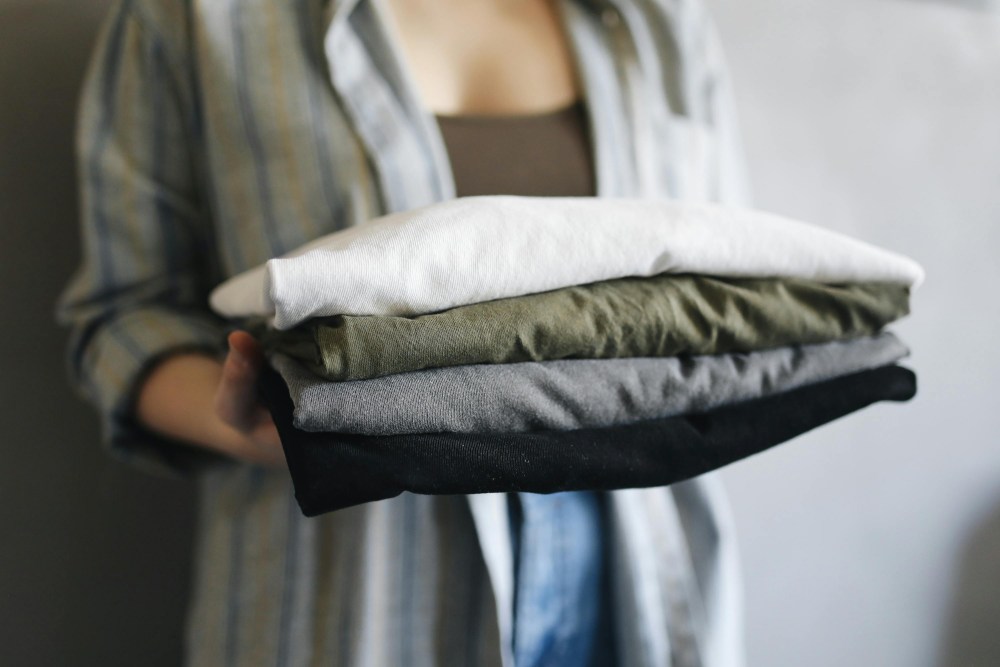Is Polyester a Stretchy Fabric? Everything You Need to Know
Polyester is one of the most common fabrics used in modern clothing, interiors , and outdoor gear. But many people still ask: Is polyester stretchy? While pure polyester isn't naturally stretchy, its stretchability can vary depending on how it's woven, processed, or blended with other fibers. Understanding polyester's properties can help you choose a fabric that's comfortable, high-performing, and durable . In this guide, let's explore all things polyester, including how it's made, its stretchiness, and what to consider when buying polyester clothing.
What is polyester?
Unlike natural fibers like cotton or silk, polyester isn't derived from plants or animals. Polyester is a synthetic fiber made from petrochemicals. It belongs to the polyethylene terephthalate (PET) polymer family, the same material used in plastic bottles and packaging.
The history of polyester
in the 1930s. In the 1940s, DuPont obtained a patent and began commercial production under the Dacron brand, ushering in widespread mass-market adoption. Decades later, thanks to innovations in blending and moisture-wicking finishes, polyester has staged a comeback in sportswear. Today, polyester remains a dominant material in the textile industry due to its versatility and affordability.
Advantages and disadvantages of polyester
Pros:
- Durable: Polyester fiber is a high-strength material widely used in clothing, household goods and industrial products.
- Wrinkle-Resistant: In its early days, polyester was hailed as a "miracle fabric" that didn't need ironing, maintaining a smooth, wrinkle-free look without the need for frequent ironing.
- Resistant to stretching and shrinking: It can maintain its shape well after multiple washes without deformation or shrinkage.
- Quick Drying and Low Maintenance: The fabric repels moisture, making it ideal for travel, outdoor wear, and athletic apparel.
- Colorfast: Polyester holds dyes very well, so colors stay bright and vibrant for a long time.
- Affordable: It can mimic other fabrics like silk or cotton, but at a lower cost.
Cons
- Less breathable: Polyester absorbs heat and moisture easily, making it uncomfortable in hot weather.
- Prone to static electricity: The synthetic nature of the fiber makes it prone to attracting lint and static electricity.
- Environmental issues: Because polyester is derived from petroleum and is non-biodegradable, it contributes to microplastic pollution.
- Retains odors: Polyester absorbs body oils and sweat, making it harder to remove odors than natural fibers.
Is polyester stretchy?
Let me start with the conclusion: 100% polyester fiber itself is not stretchy, but certain types of polyester fabrics have stretchable properties depending on how they are manufactured. This is why some polyester materials feel tight and stretchy, while other polyester clothes may feel stiff and shapely.
Polyester fibers inherently have very little stretch. They resist pulling very well and retain their shape well, making them popular for garments that require structure, such as shirts, blazers, and uniforms. However, when the fabric is knitted rather than woven, it becomes even more flexible. This allows the fibers to move and stretch slightly, creating a slight, natural feel even without elastane.
Furthermore, when polyester is mixed with materials like spandex, nylon, or even cotton, its elasticity is significantly enhanced. This is known as a polyester blend. For example, common leggings, yoga pants, and activewear are made from polyester and spandex blends.
Does polyester shrink?
In the past, natural fibers like cotton and wool would easily shrink when exposed to heat or moisture. However, manufacturers now pre-shrink fabrics. However, polyester doesn't require this treatment. Pure polyester fabrics are remarkably stable and shrink-resistant. This is because polyester is made from long-chain synthetic polymers that don't absorb water, making it resistant to most temperature fluctuations, whether washed by hand or in a machine.
How is polyester fiber produced?
As mentioned earlier, polyester is a synthetic material derived from petrochemicals. This means we can produce this durable and versatile material from extracts derived from raw materials (petroleum). Furthermore, polyester belongs to the same PET polymer family as plastic bottles and packaging, meaning it can be made from recycled plastic. In today's increasingly environmentally conscious world, this approach seems to be gaining popularity with consumers.
Manufacturers polymerize ethylene glycol and terephthalic acid, both derived from petroleum, to form a molten polymer, known as PET. The molten polyester is then extruded through a fine spinneret, forming long, continuous filaments. Upon cooling, they solidify into fine threads. These are the raw materials for textiles, but before being made into fabrics, these threads undergo a series of finishing processes to achieve their desired state.
Polyester fiber made from recycled plastic is made by sorting and cleaning collected waste plastic products to ensure they are free of impurities. Afterward, the plastic is melted and then extruded and spun. This process reduces waste and lowers the carbon footprint of polyester fiber production, offering consumers a more environmentally friendly option.
Different Types of Polyester Blends
One reason polyester is so versatile is that it blends easily with other fibers. Each polyester blend has different properties and uses. Here are some of the most common polyester blends:
Polyester-spandex blends
This is one of the most popular combinations . Adding a small amount of spandex or other elastic fibers to polyester can significantly enhance its flexibility. Just 10% spandex and 90% polyester can stretch a fabric to almost double its size. This blend is particularly well-suited for activewear, leggings, swimwear, and fitted tops. This blend molds to the body, making it easy to wear during workouts and other high-activity activities.
Polyester-cotton blends
Polyester-cotton blends are another popular fabric choice for clothing. Polyester is durable and wrinkle-resistant, while cotton is soft and breathable. These blends offer the perfect balance of strengths. They're more comfortable than pure polyester but easier to care for than pure cotton. They're ideal for everyday wear, such as T-shirts and other casual wear.
Polyester-rayon blends
Polyester blended with rayon creates a lightweight, smooth fabric with a beautiful drape, similar to silk. This blend is often used in dresses, shirts, and fashionable tops. Rayon adds comfort and softness, while polyester adds strength and reduces wrinkling. However, rayon is more delicate, so this blend may require gentler care.
Polyester-nylon blends
Polyester and nylon are both high-strength materials, and their blended fabrics are known for their stretch resistance, abrasion resistance, and water resistance. This is why these fabrics are often found in many outdoor gear and supplies, including backpacks, jackets, and other sporting equipment.
Different Types of Polyester Printing Techniques
Synthetic fibers and natural fibers absorb dyes in very different ways, so different types of printing techniques can produce very different results. There are several common methods for printing on polyester fabrics:
Sublimation printing
This is the most popular and effective method for printing on polyester. Sublimation printing uses heat to convert solid dye into a gas, which then penetrates the polyester fibers at a molecular level. This creates vibrant, long-lasting colors that won't crack, fade, or peel.
- Best for: Fabrics that are 100% polyester or have a high polyester content.
- Pros: durable, lightweight, and colorfast.
- Applications: Sportswear, athletic wear and custom T-shirts.
- Note: It is only suitable for light-colored fabrics because the dye bonds directly to the fibers.
Heat transfer printing
Using heat and pressure, the design on the transfer paper or film is transferred to the polyester fabric. The design adheres to the surface of the polyester fabric, forming a clear and detailed image.
- Best for: Polyester blends and activewear.
- Pros: Suitable for short-run printing and custom designs; good color saturation.
- Note: Fabric may become slightly stiff and may flake over time if used frequently or not properly cared for.
Screen printing
Screen printing is one of the oldest textile printing techniques and works best when using special heat-set or water-based inks, particularly on polyester fabrics. Each color in the design is printed through a mesh screen, creating a striking, opaque pattern.
- Best for: Bulk printing on polyester blends, especially dark colors.
- Pros: Long-lasting printing effect and high color opacity.
- Note: Not as fine as sublimation; higher setup costs for small batches.
DTG printing
DTG printing typically uses water-based inks , but one of the properties of pure polyester is that it's waterproof. This may seem counterintuitive, but it doesn't mean your artwork won't adhere to polyester garments. The fabric simply needs to be pre-treated to allow the ink to adhere effectively.
- Best for: Detailed designs, photographs, and small production runs.
- Pros: Excellent color accuracy and soft feel.
- Note: Pre-treatment and proper curing are required for extended service life.
Learn more about POD Techniques: Print-on-Demand Printing Techniques: A Comprehensive Comparison (2025)
FAQs
What should I pay attention to when buying polyester clothing?
Polyester clothing is ubiquitous. When choosing polyester clothing, you should carefully examine the fabric composition. Fabrics of different compositions have different properties, some not being breathable or having an unnatural feel. Choose based on your specific needs. Consider both breathability and comfort. Also, check the care instructions. Polyester fabrics are easy to care for, but improper washing can shorten their lifespan.
What other types of plastic fibers are there besides polyester?
Polyester is just one of many synthetic fibers made from petrochemicals. Other common plastic-based fibers include:
Nylon (polyamide) , acrylic, spandex , polypropylene, polyurethane. These synthetic fibers share similar benefits to polyester, such as durability, wrinkle resistance, and easy care, but each has unique properties that make it suitable for specific uses.
How should I care for polyester clothing?
Polyester fabric is known for its durability, but that doesn't mean it's maintenance-free. Wash in cold or warm water; hot water can degrade the fibers over time. Dry on low heat or air dry. Polyester will melt at high temperatures, so if wrinkles occur, use a cool iron or garment steamer to remove them.
Conclusion
OK, let's finally return to our question: Is polyester stretchy? You should know by now that it depends on the type of blend the manufacturer uses and whether it's woven. Understanding a fabric's properties can help you make an informed choice when selecting it. Overall, polyester, as a synthetic material, is incredibly versatile in apparel manufacturing. With PeaPrint, you can easily customize all kinds of polyester apparel, from T-shirts to sportswear and casual wear. Registering an account in just a few clicks is easy, and you can start your custom apparel business.



